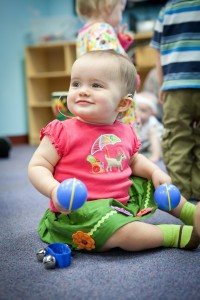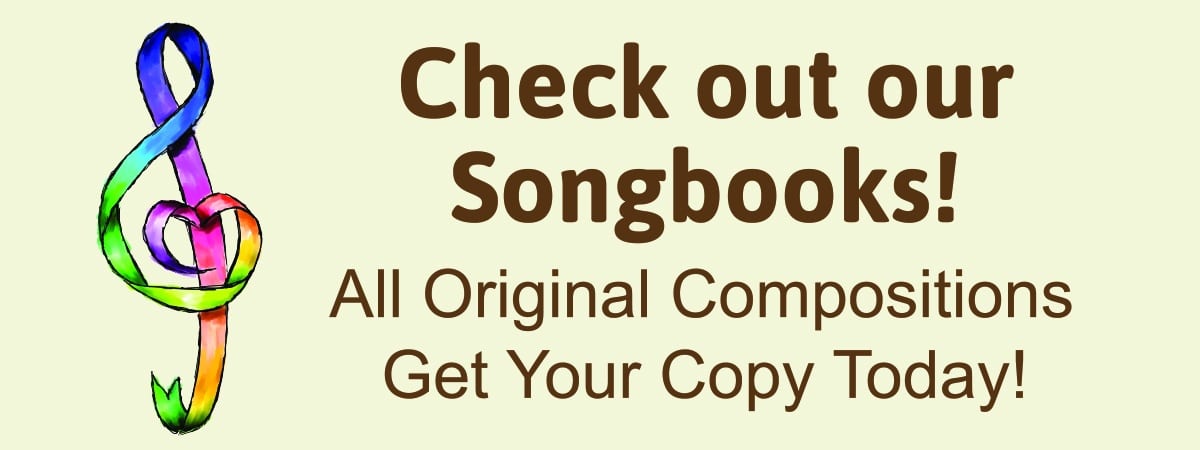Girls like pink. Boy like blue. Dads always roughhouse. Moms always cuddle. Childhood is happy. Adulthood is serious. These stereotypes still seem to stick despite the truth that none of these qualities apply to all people all the time. It struck me this week that this same way of trying to make generalizations about the very complex human condition is what makes many people still believe the myth of major and minor. Major is always happy. Minor is always sad. Kids are happy so they must only like major music. Minor music is not happy, so kids won’t like it.
Well the reality is much, much more complex. In our everyday life, there are hundreds (or maybe thousands) of shades of emotions. It is no different for young children. Yes, there is happy. But there is also content, or pleased, or excited or exuberant. There is sad, or somber, or thoughtful, or quiet. There is mad, or angry, or frustrated, or confused. In the old days, I would have said that the emotions in early childhood are like boxes of crayons. (Do children still use crayons?) If we limit the number of crayons that we give children, we will only ever see the colors that are in the box. We then might make the assumption that those are the only colors a child likes or will use. But if we give a child a large choice of colors (Crayola 64 was my favorite) than we can begin to see all the subtle variations that splash across the paper as the child draws us a bit of themselves.
Back to the myth of major and minor. Major music and minor music absolutely is connected to human emotion. But there are many shades of major and many shades of minor. By respecting and playing that shading we can choose to support an expansive view of how children feel by giving them a full range of musical experiences including major and minor. This is often jarring for music therapy students or professionals who come to visit my sessions or listen to me present. They have a hard time letting go of the myth of major in early childhood work. The parents I work with are sometimes taken aback when I begin to sing in minor or in another mode. I have heard them say “Kids won’t like that” or “That doesn’t sound like kid’s music”. But after a lifetime of sharing all kinds of music with all kinds of kids, I know that young children will respond to major and minor and modes. And once they are caught up in the music experience, they seem grateful to have a place where they are free to choose and express all the shades of themselves. Try it!
Take a listen to this new song I wrote for very little ones and their grownup that explores the movement between major and minor. Sing it with your own little one or the little ones you work with. Teach it to Mom or Dad or Grandpa or Grandma. And then let me know if you too think that there is a mood of major and minor myth.
Enjoy singing!
Beth

